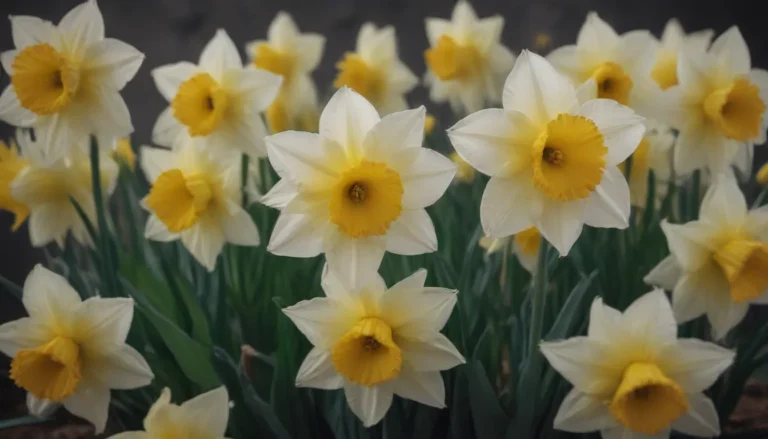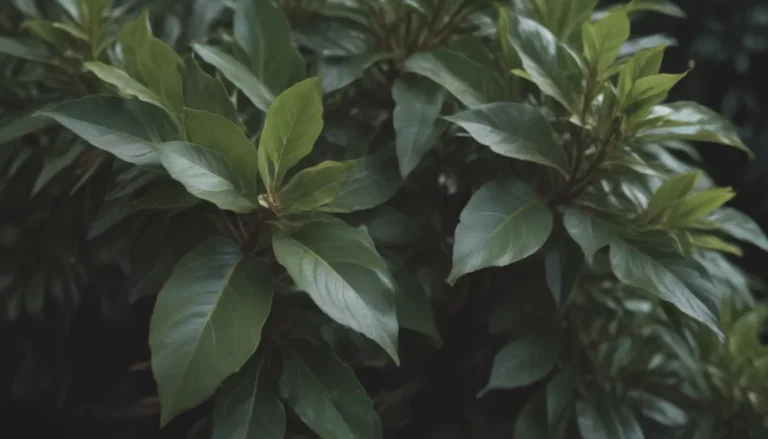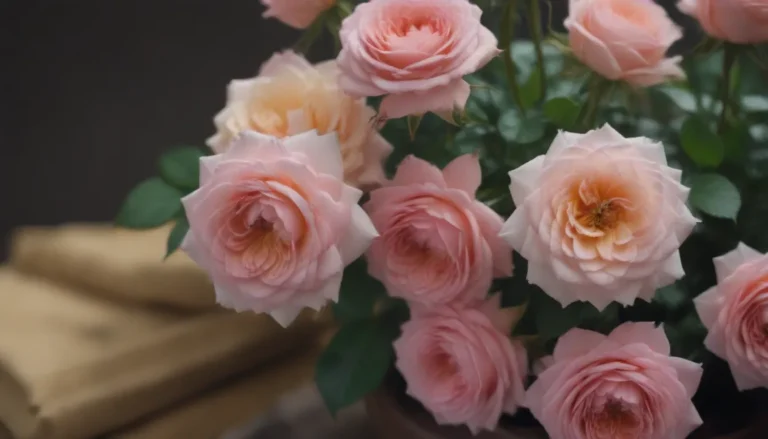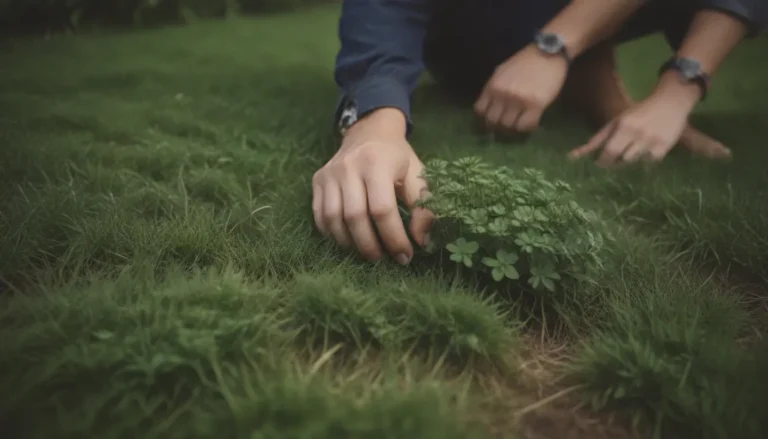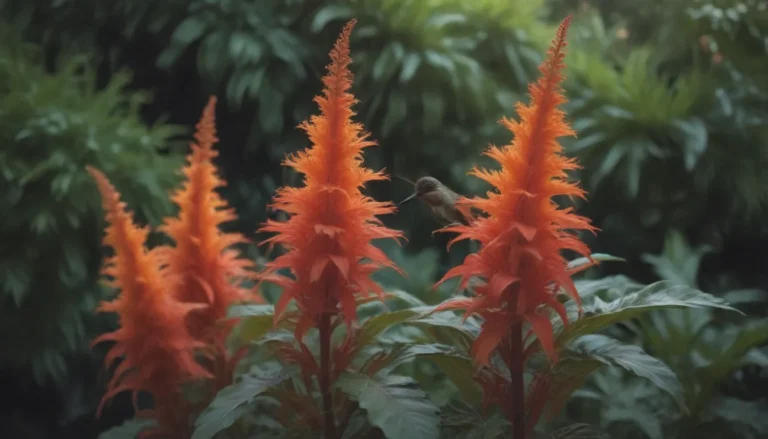The Ultimate Guide to Growing Pennisetum: Everything You Need to Know

If you’re looking to add a touch of elegance and beauty to your garden or outdoor space, look no further than the Pennisetum genus, commonly known as fountain grasses. These ornamental grasses are renowned for their soft, fuzzy flower plumes and come in a variety of sizes, colors, and species. Whether you’re a seasoned gardener or just getting started with your green thumb, growing Pennisetum can be a rewarding experience.
What is Pennisetum?
Pennisetum grasses, also known as fountain grasses, belong to the Poaceae family and are prized for their stunning foliage and unique flower heads. From feathertop grass (Pennisetum villosum) to pearl millet (Pennisetum glaucum), there are a wide variety of species to choose from. These grasses can be annual or perennial, with some smaller varieties suitable for container gardening.
Why Choose Pennisetum?
- Soft, fuzzy flower plumes
- Range of colors including burgundy, purple, and variegated
- Drought-tolerant and low-maintenance
- Perfect for cut and dried flower arrangements
Pennisetum Care Tips
Once established, growing Pennisetum grasses is relatively low-maintenance. Here are some essential care tips to help your fountain grass thrive:
Light
- These plants thrive in full sunshine, so make sure they receive at least 6-8 hours of sunlight daily.
- Too much shade can cause leggy growth and inhibit flowering.
Soil
- Pennisetum grasses prefer rich, moist, and slightly acidic soil.
- Well-draining soil is essential to prevent root rot.
Water
- Regular watering is key to keeping Pennisetum happy.
- Aim to keep the soil consistently moist but not waterlogged.
Temperature and Humidity
- Pennisetum grasses prefer warm, humid environments and can thrive in USDA Hardiness Zones 3-10.
- They can be grown as annuals in colder regions.
Fertilizer
- While not typically necessary, a balanced fertilizer in the spring can promote healthy growth.
Popular Types of Pennisetum
- Pennisetum setaceum ‘Rubrum’
- Pennisetum messiacum ‘Bunny Tails’
- Pennisetum orientale
- Pennisetum alopecuroides
Pruning and Propagating Pennisetum
- For perennial varieties, prune the foliage in late fall to promote new growth.
- Propagate Pennisetum through division in the spring or by starting from seed.
How to Grow Pennisetum From Seed
- Directly sow seeds outdoors or start them indoors for a head start on the growing season.
Potting and Overwintering Pennisetum
- Pennisetum grows well in containers, making them versatile for patio and porch gardens.
- Choose a large pot with good drainage to prevent root rot.
- In colder climates, provide insulation with mulch or bring the pot indoors for the winter.
In conclusion, growing Pennisetum grasses can add a touch of elegance and beauty to your outdoor space. With their stunning foliage and unique flower plumes, these ornamental grasses are sure to make a statement in any garden. By following these care tips and techniques, you can enjoy the beauty of Pennisetum for years to come.
Remember to always check your local regulations regarding the planting of Pennisetum, as some varieties can be invasive and harmful to native flora and fauna. With proper care and attention, you can enjoy the beauty of fountain grasses while supporting a healthy, balanced ecosystem in your garden.
